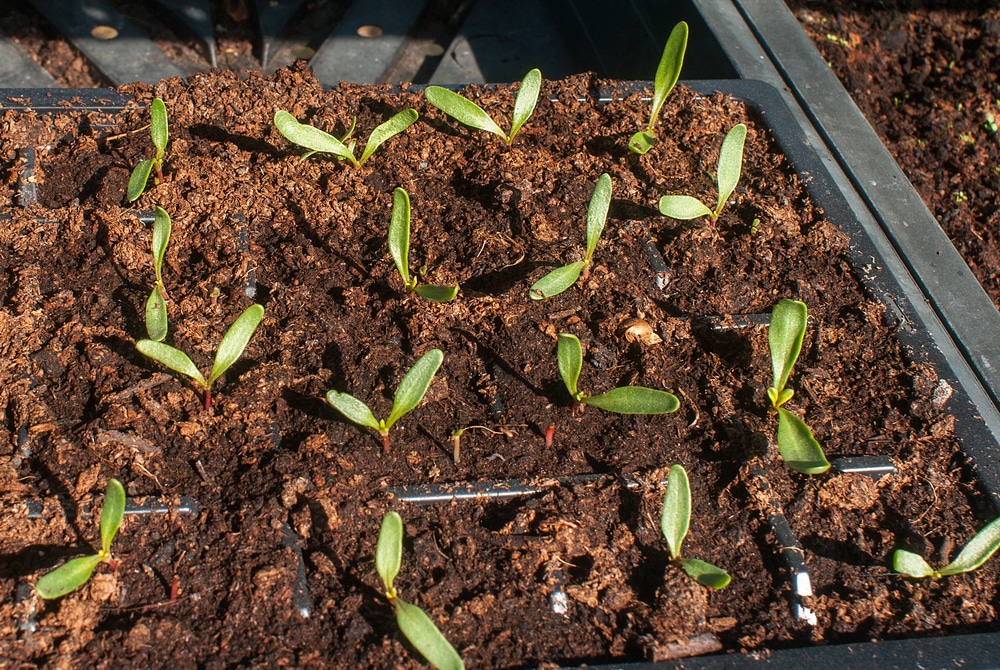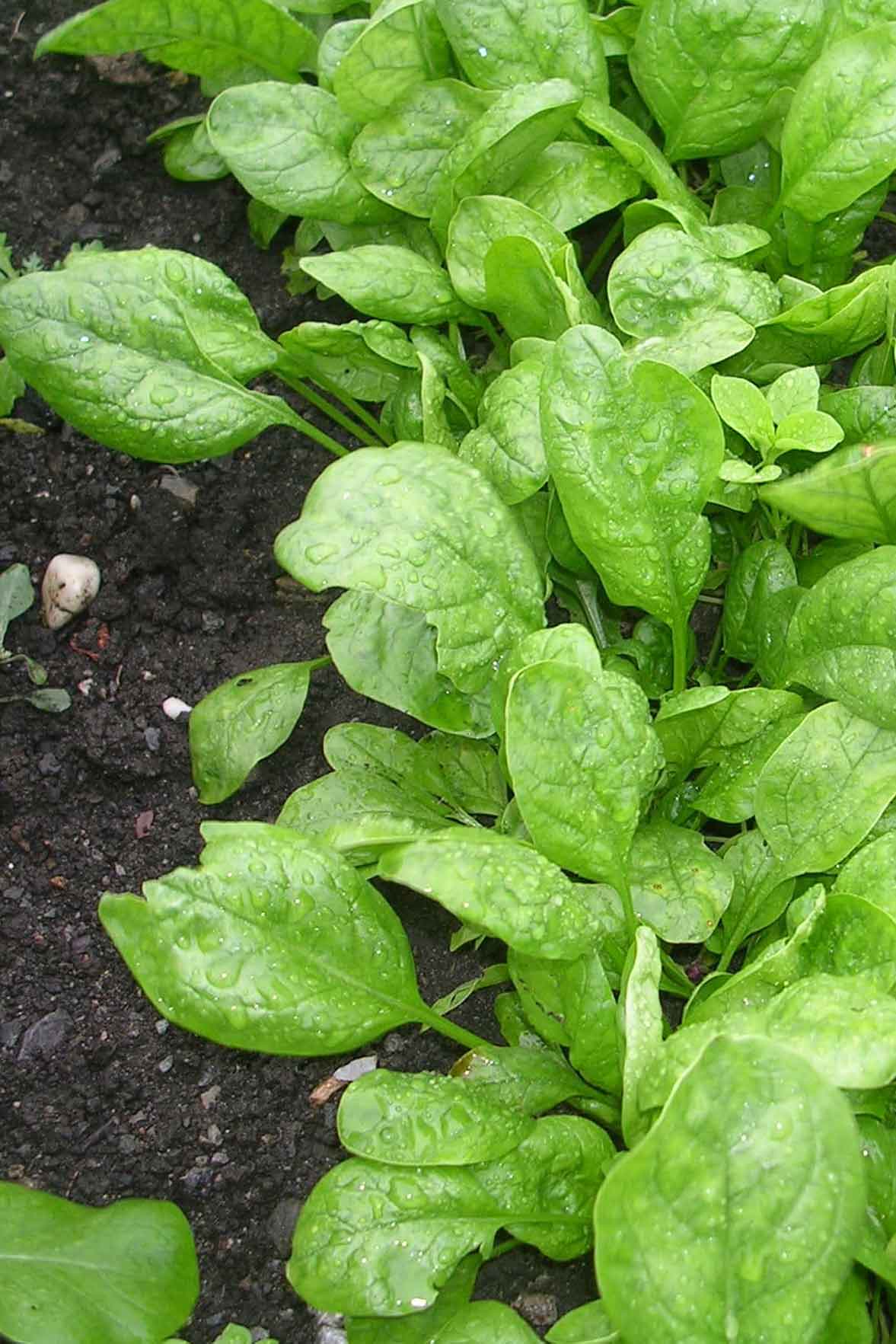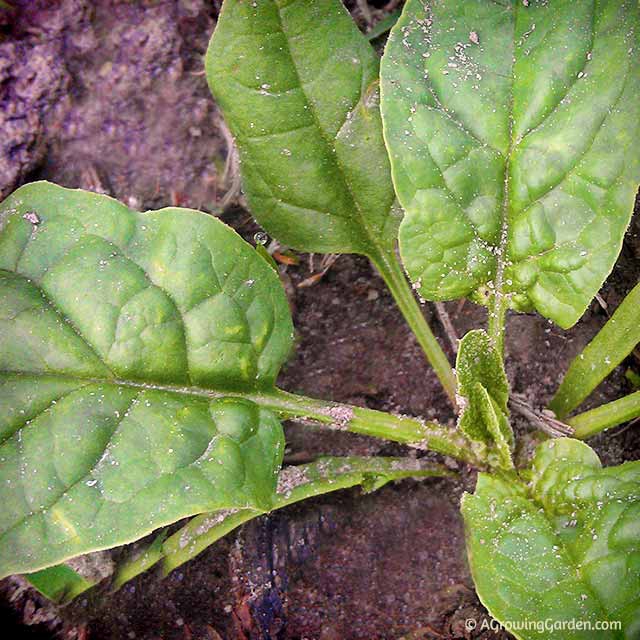

And yet, some savoy spinach varieties are adapted to withstand heat, offering the best of both worlds. Savoy spinach and semi-savoyed spinach have dark green leaves characterized by their wavy or puckered leaves, and they include some of the best varieties for growing in cold weather. There are two main types of spinach: Savoy and smooth-leafed. Spinach can be planted outdoors before most crops can because it is frost-tolerant.
#SPINACH SEEDLINGS FULL#
Spinach will grow best in full sun - six to eight hours of direct sunlight - or partial shade.įollow the spacing instructions that come on the seed packets for the variety you have, or plant just a little denser with a plan to later eat the baby spinach that you will remove while thinning the crop. A soil test can tell you if you are near the target and, if not, what amendments can be added to the soil. The ideal pH range for spinach, like many common vegetable crops, is 6.5 to 7.0. Spinach grows well in a wide variety of soils, but like most crops, it does best when the soil is well amended with lots of organic matter, especially compost. When late summer comes, start up again for fall crops.

Continue these succession plantings until it’s time for summer crops to go in. Each crop can be sown directly, or you can stagger plantings of both seeds and seedlings. If the test seeds don’t germinate, it’s time for a new packet.įor a steady harvest over several weeks, a good strategy is to plant a new crop every 10 days. If in doubt about the age or viability of spinach seeds, prime and sow a few seeds early to test the batch. Spinach seeds last up to three years in storage. Primed spinach seeds will germinate both faster and more uniformly: In about five days, the grass-like seedlings will emerge. Wait at least five days, but no more than seven, and sow the seeds. The seeds will have soaked up and retained enough water to stimulate the first stages of germination. Once the seeds appear dry, place them in an airtight container and store the container in a cool place. Next, place the seeds on a paper towel to air dry for one or two days. To germinate seeds faster and more reliably, there is a process called “priming.” A week before sowing spinach seeds indoors or out, soak seeds in room temperature water overnight or up to 24 hours. Seeds can be planted outdoors as soon as the soil is workable in spring - about six weeks before the last expected frost - and they will germinate as the days warm. When spinach seedlings have two true leaves and when there are four or fewer weeks remaining until your last frost date, the seedlings may be transplanted outdoors. Spinach is frost tolerant, so it can go in the ground long before many other crops. If growing in a room that stays cool, consider using a seed-starting mat that will raise the temperature of the soil. The seeds will germinate one to two weeks later in soil that is between 60 and 68 degrees.

To give spinach a head start, plant seeds in sterile seed-starting mix indoors about six weeks before the last expected frost date.

For the least work and the most convenience, seedlings can also be purchased from a nursery in spring. Spinach can be either sown directly into the garden or started from seeds indoors. Spinach is an undemanding plant that’s a joy to grow and even more of a joy to eat.


 0 kommentar(er)
0 kommentar(er)
